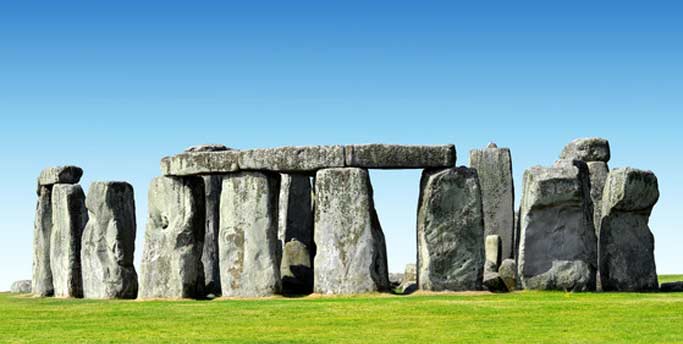- HOME
- ADD LISTING
-
EVENTS
-
- Angels (2)
- Animal Healers (1)
- Ascension / Awakening (1)
- Crystals (1)
- Divination (1)
- Dream Work (1)
- Energy Work (2)
- Festival (1)
- Goddess (1)
- Healing (1)
- Health (3)
- Holistic (2)
- Law of Attraction (1)
- Meditation / Mindfulness (2)
- Mediumship / Psychic (6)
- Mind Body Spirit Fayre (28)
- Music (1)
- Other Fantastic Events (112)
- Psychic Evening (3)
- Retreat (1)
- Seminars (1)
- Shamanism / Paganism (2)
- Shops (1)
- Sound Healing (2)
- Spiritual Development (2)
- Spiritualist Churches (1)
- Spirituality (48)
- Sport (2)
- Tarot Tuition (1)
- Therapy - Health (1)
- Workshop (4)
- Yoga (2)
-
-
- Angels (2)
- Animal Healers (1)
- Ascension / Awakening (1)
- Crystals (1)
- Divination (1)
- Dream Work (1)
- Energy Work (2)
- Festival (1)
- Goddess (1)
- Healing (1)
- Health (3)
- Holistic (2)
- Law of Attraction (1)
- Meditation / Mindfulness (2)
- Mediumship / Psychic (6)
- Mind Body Spirit Fayre (28)
- Music (1)
- Other Fantastic Events (112)
- Psychic Evening (3)
- Retreat (1)
- Seminars (1)
- Shamanism / Paganism (2)
- Shops (1)
- Sound Healing (2)
- Spiritual Development (2)
- Spiritualist Churches (1)
- Spirituality (48)
- Sport (2)
- Tarot Tuition (1)
- Therapy - Health (1)
- Workshop (4)
- Yoga (2)
- Directory
- PRACTITIONERS
- Forums



